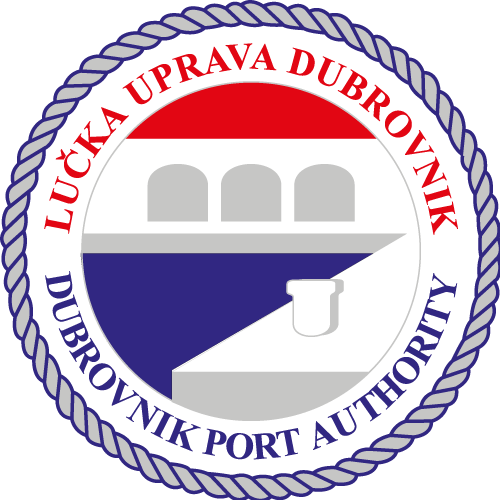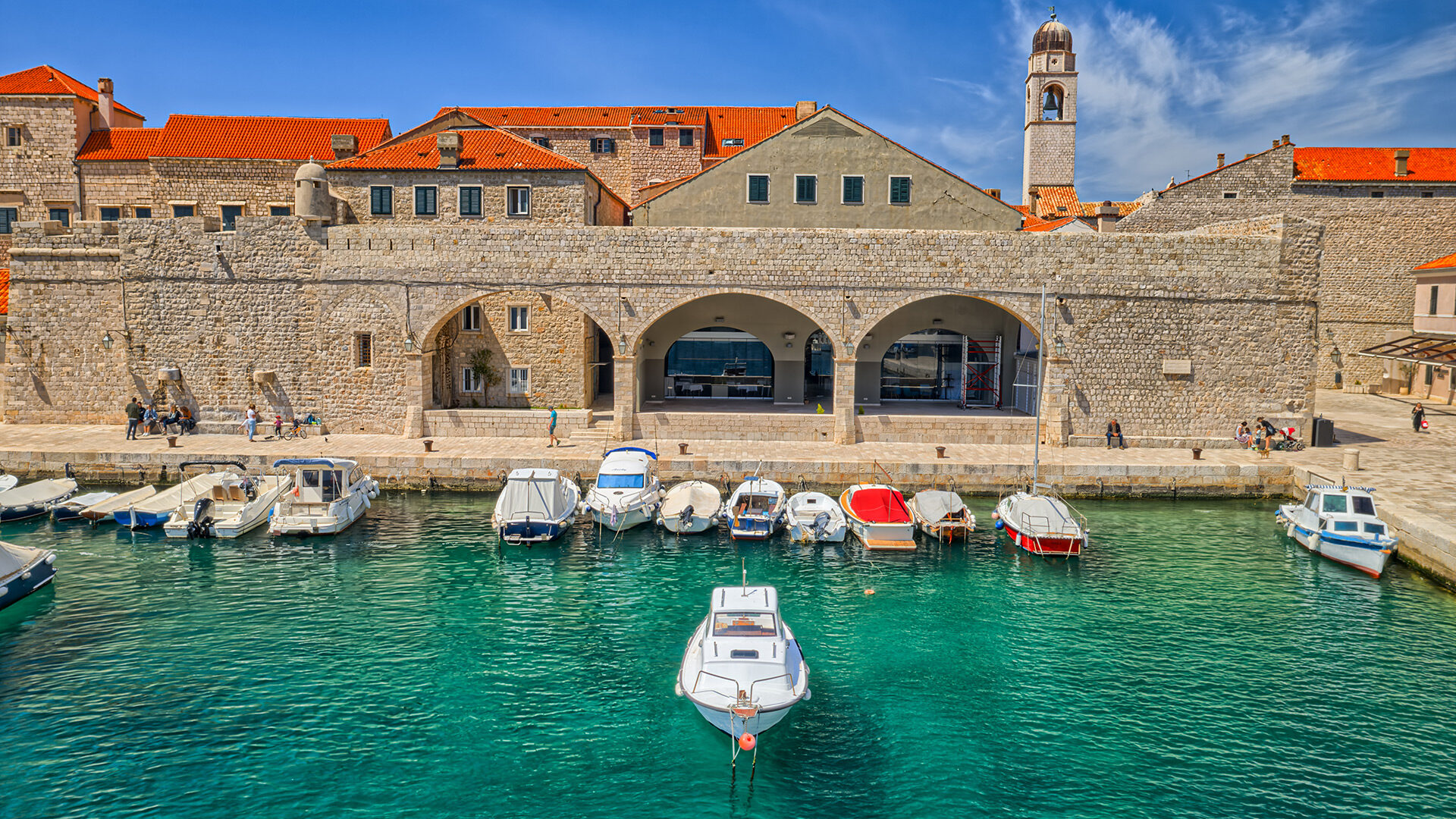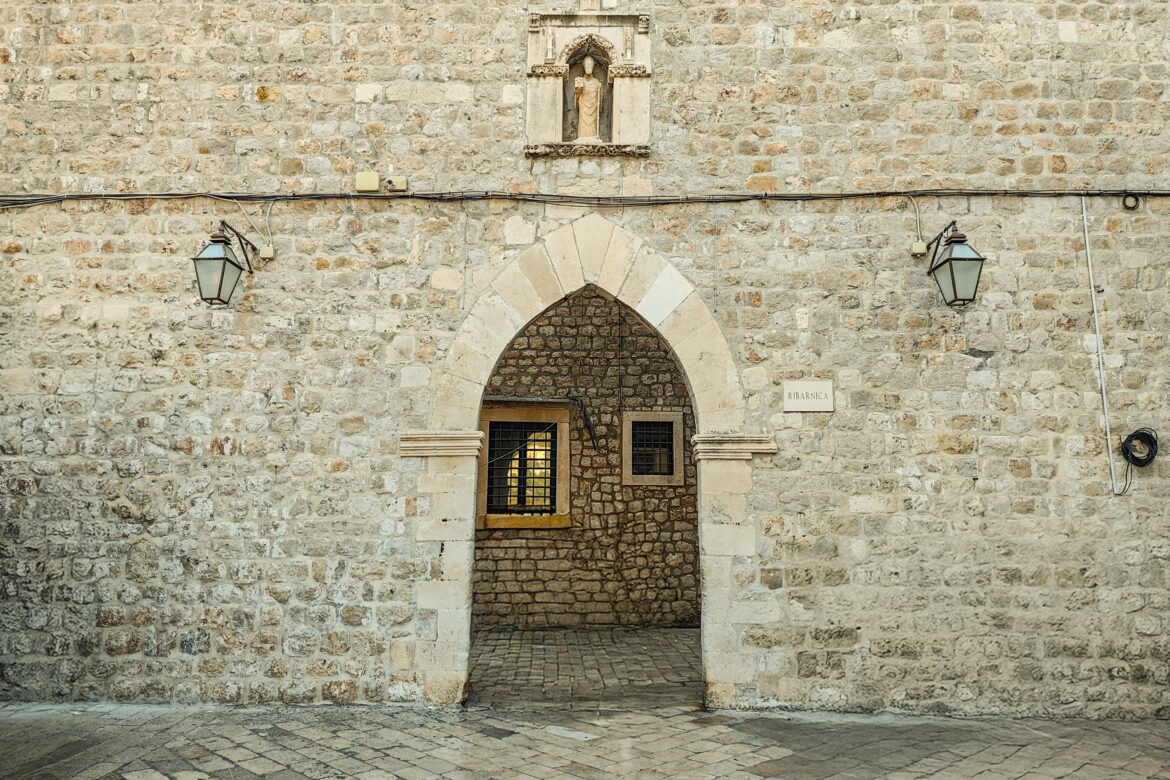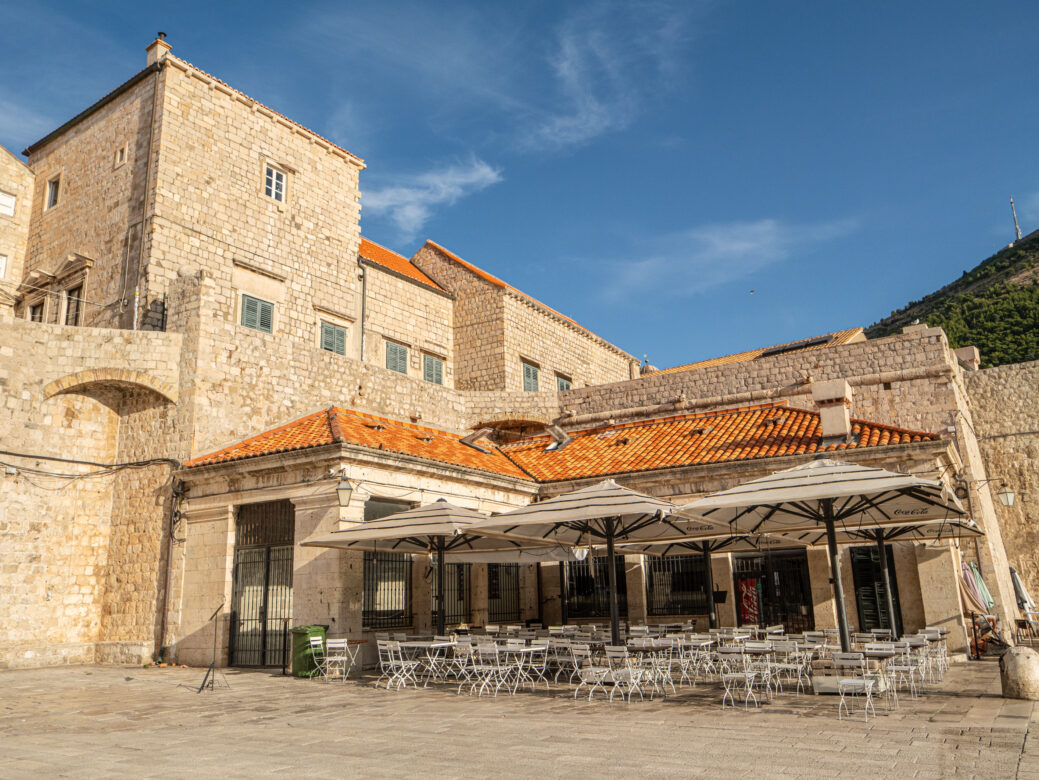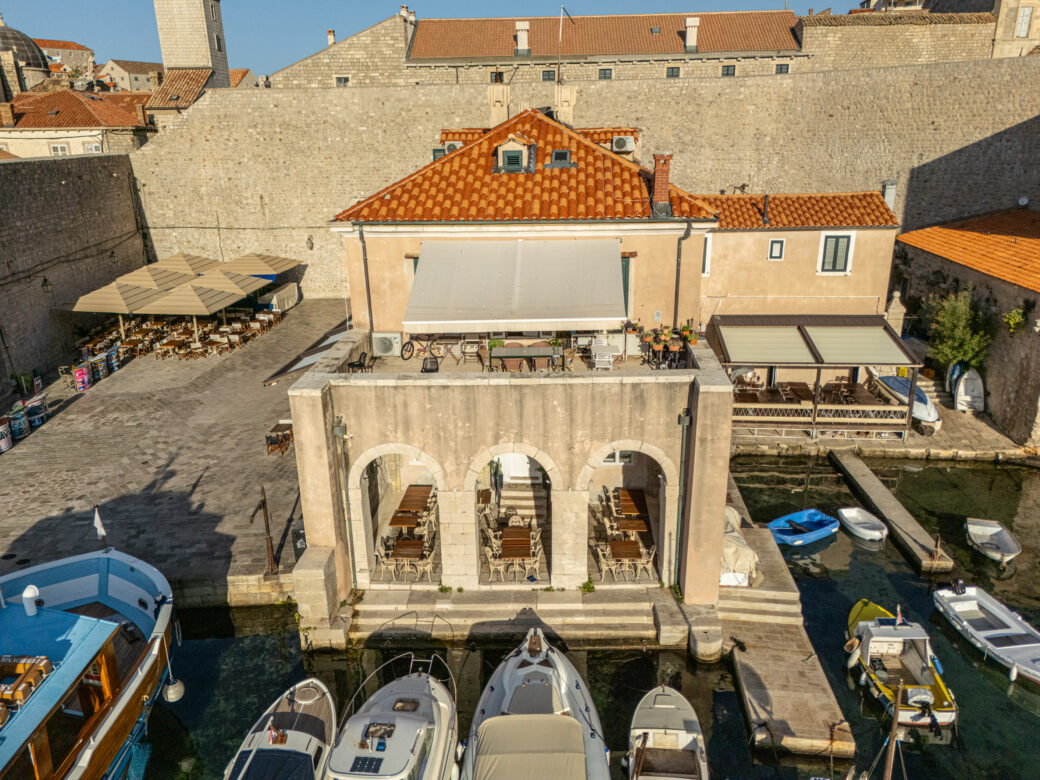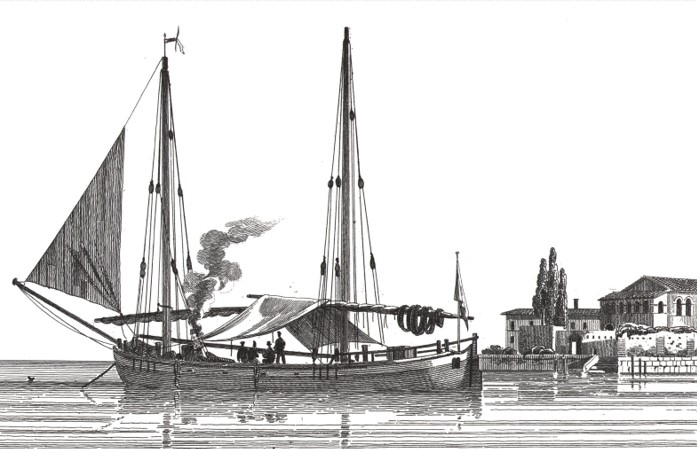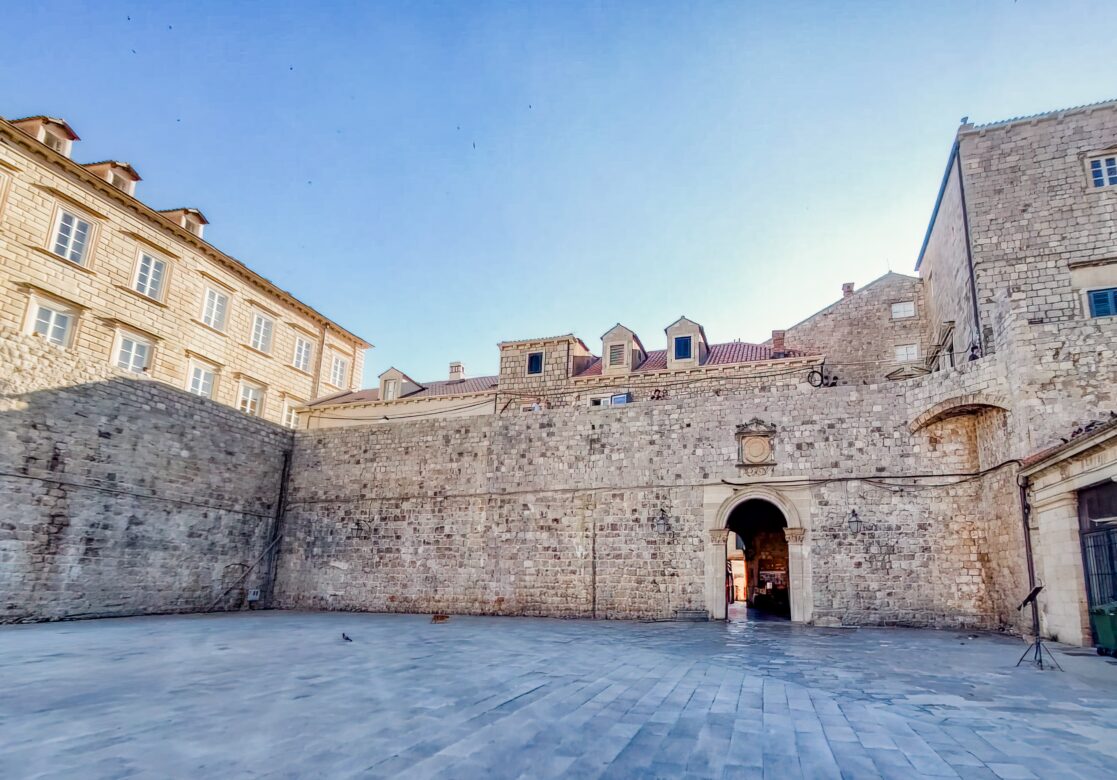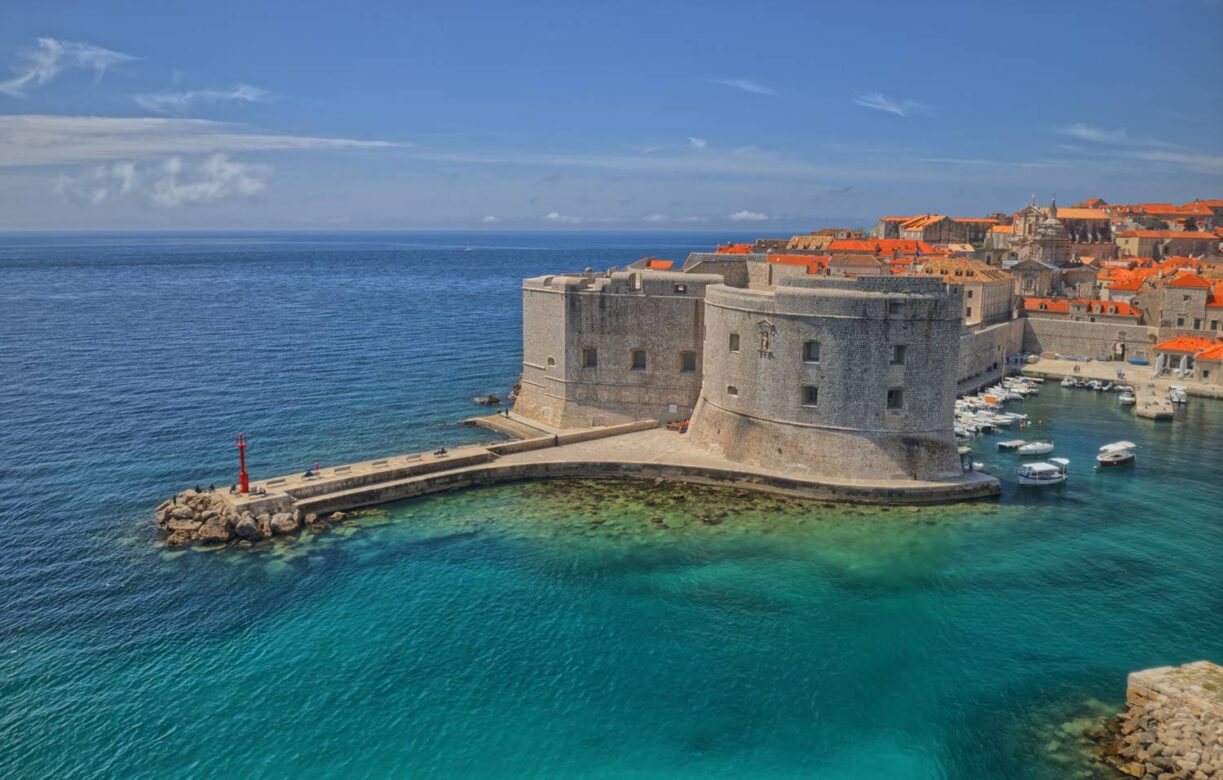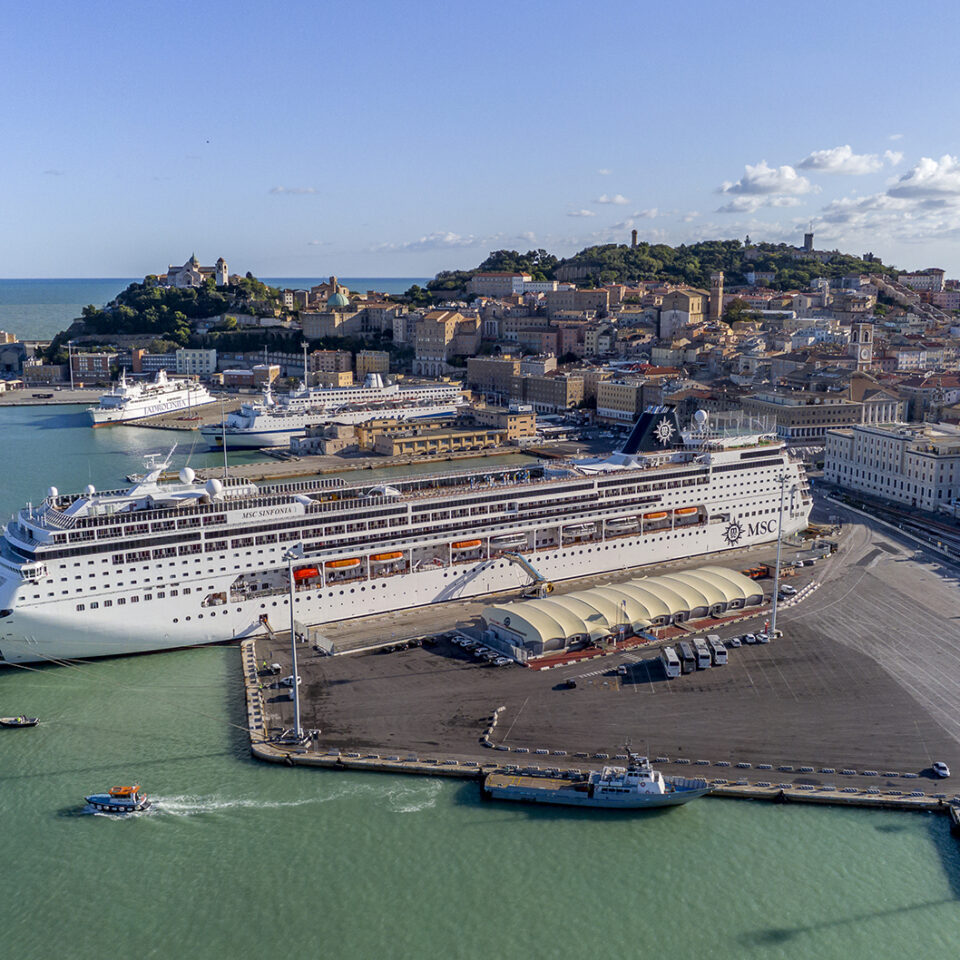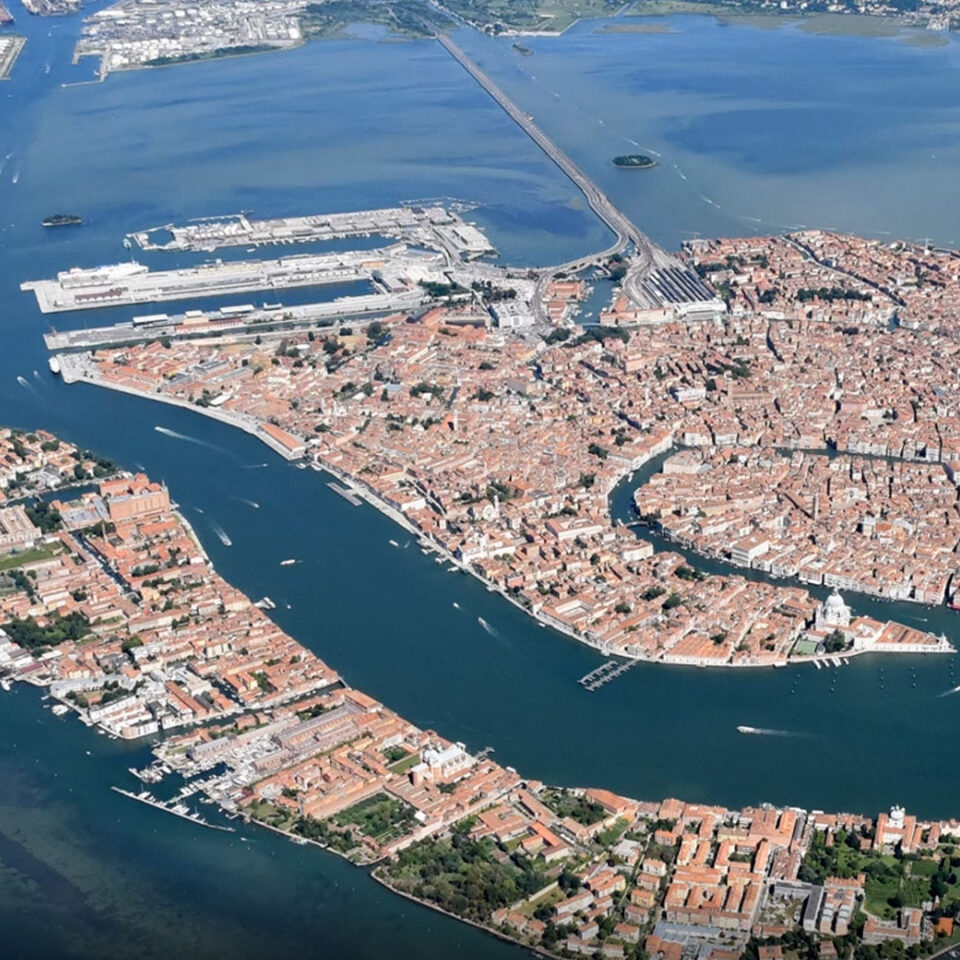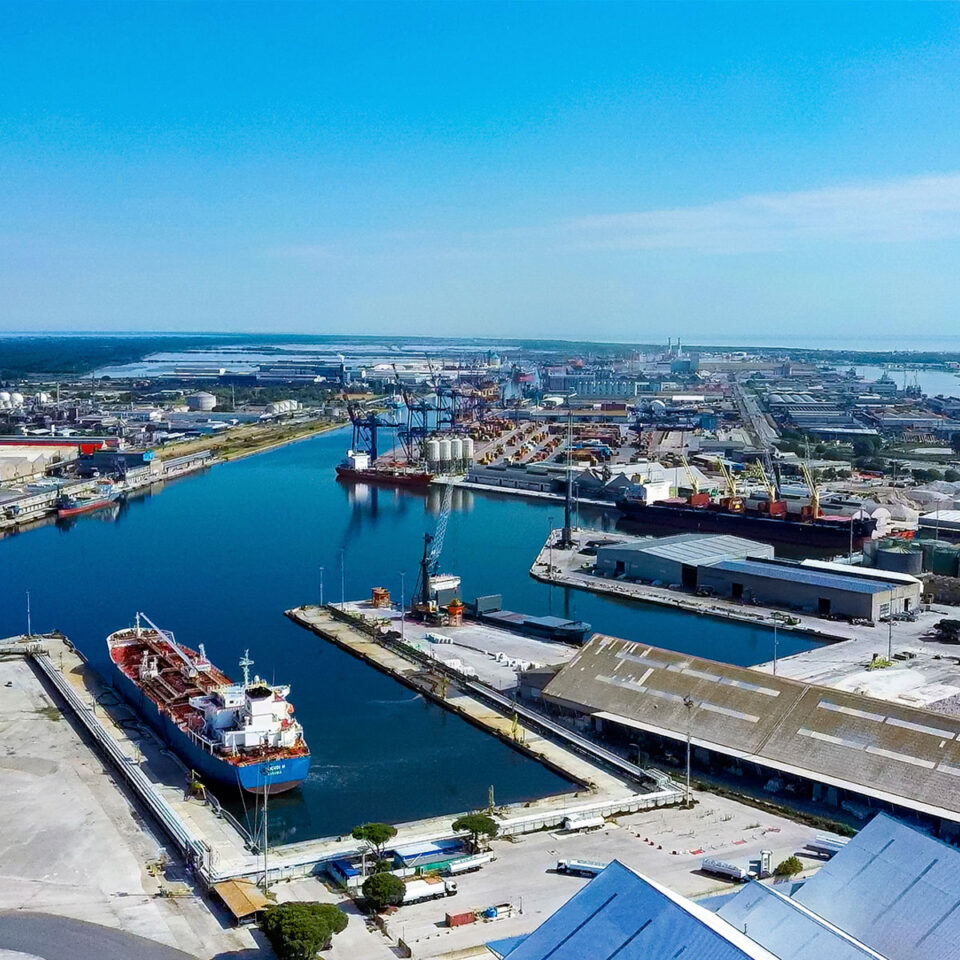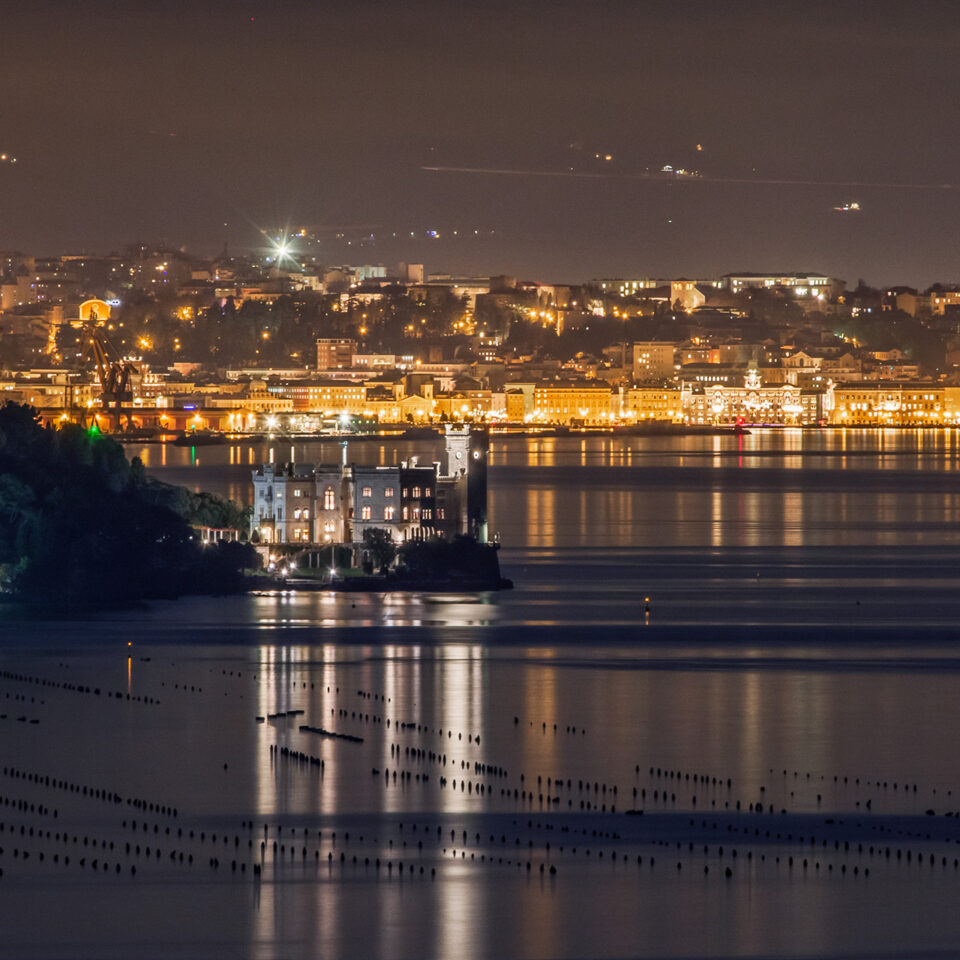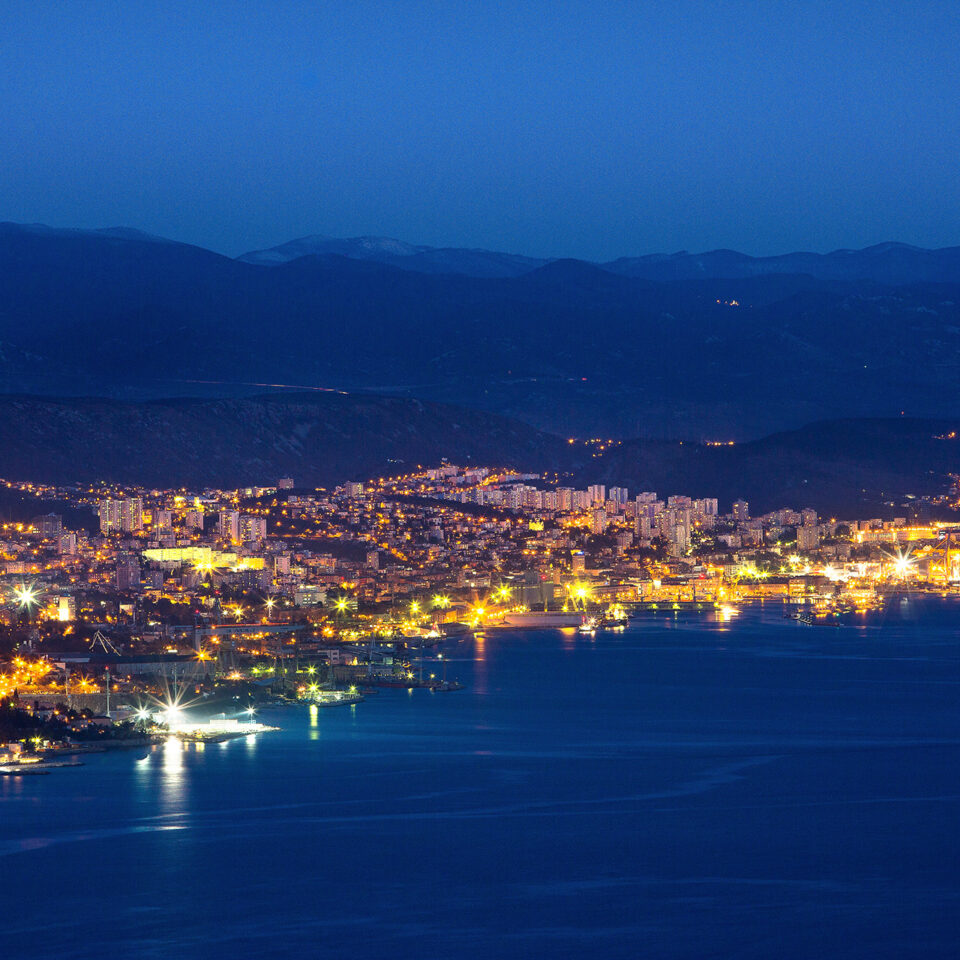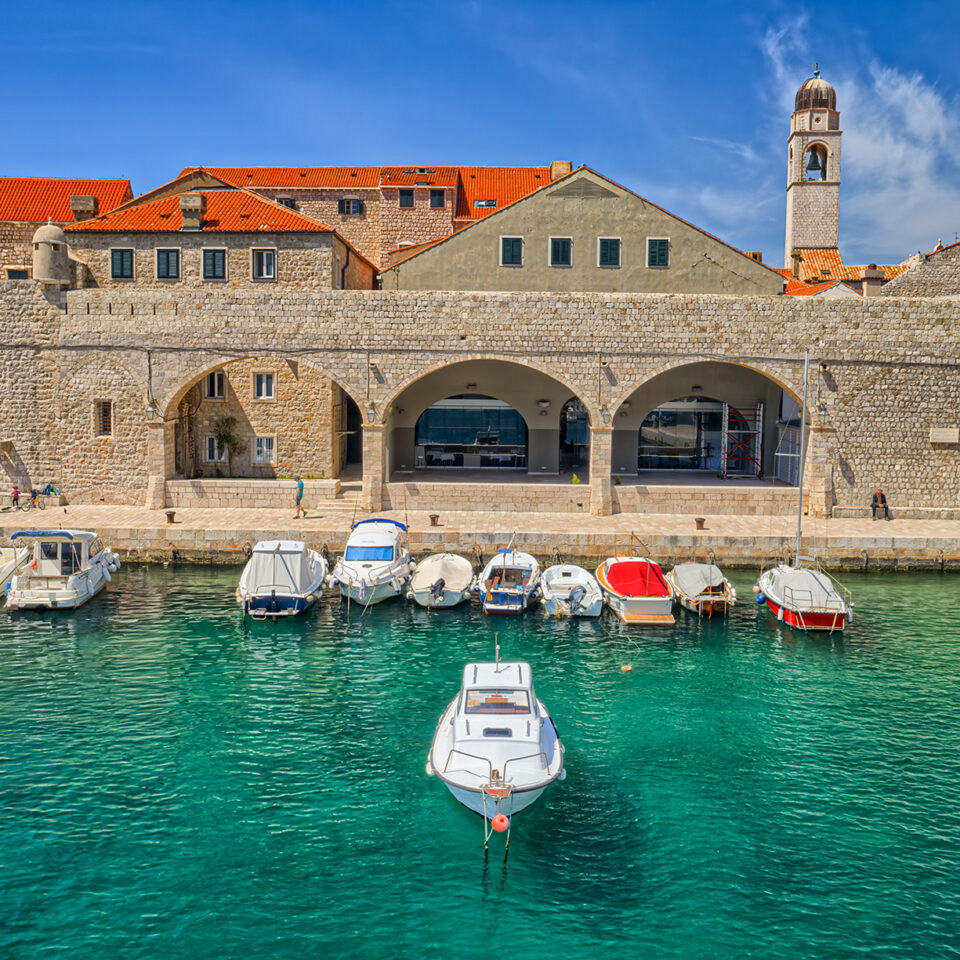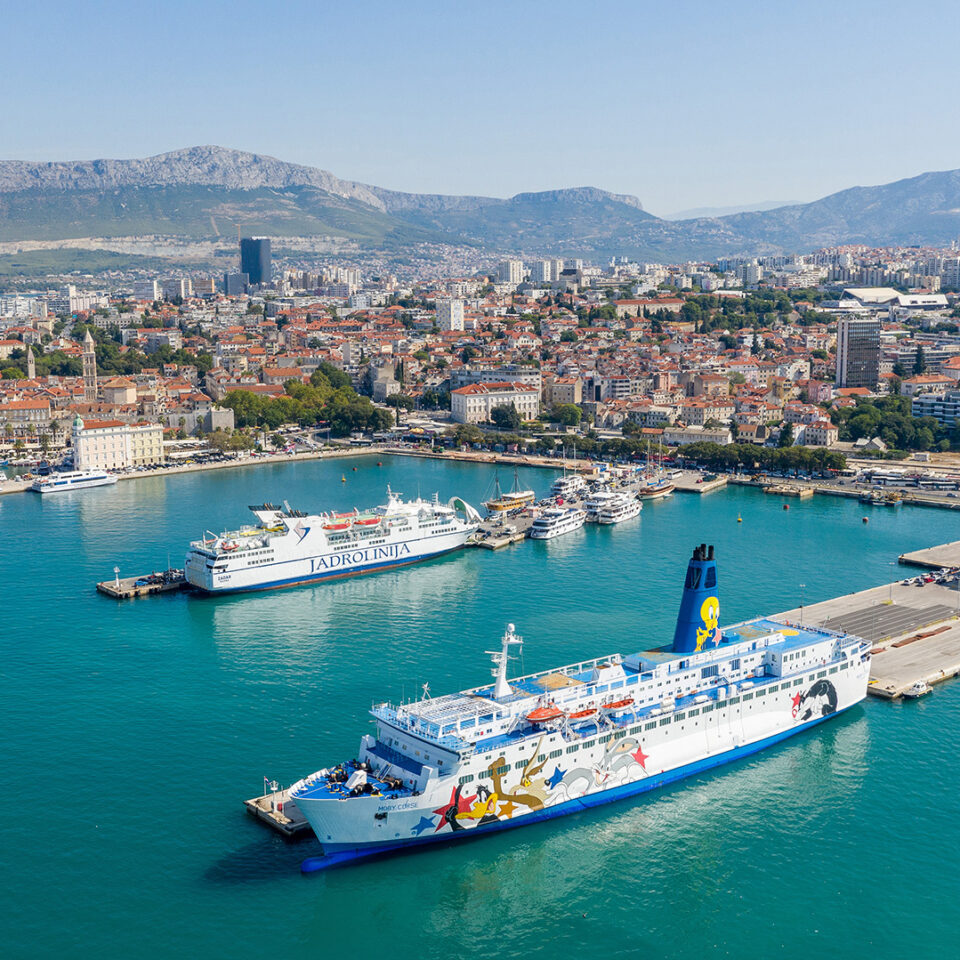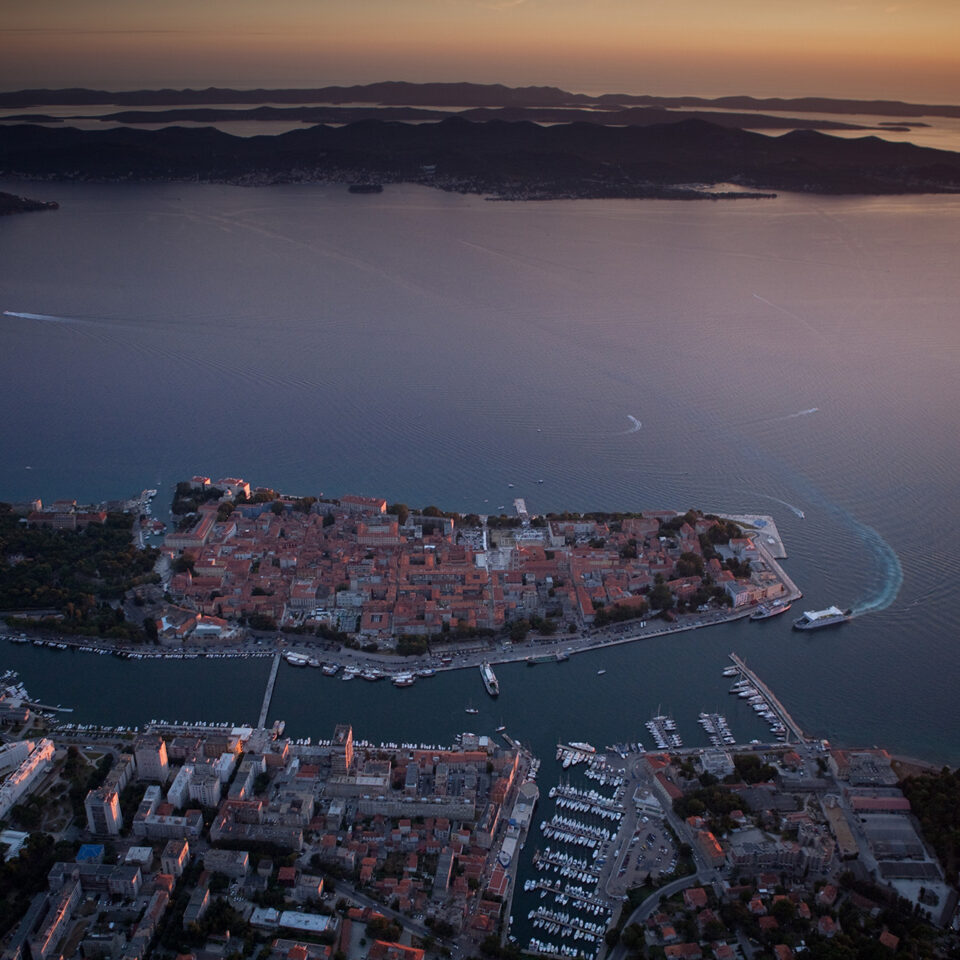Dubrovnik – The Most Important Historic Port of the Eastern Adriatic
Dubrovnik is the most important historic port on the eastern Adriatic coast. Thanks to its strategic location and connections with the Balkan hinterland, it developed into a strong commercial and maritime center. It was founded after the fall of the ancient city of Epidaurus, when refugees established a new settlement. The city grew in a difficult-to-access area, protected by Mount Srđ and the island of Lokrum.
By the 10th century, Dubrovnik was already surrounded by defensive walls, and in the 15th century, the Kaše breakwater was built to protect the port. In the 12th century, it became a key trade intermediary between the Mediterranean and the Balkan interior. Although under the rule of the Byzantine Empire and later the Republic of Venice (1205–1358), it retained a high degree of autonomy.
With the Treaty of Zadar in 1358, Dubrovnik came under the rule of the Hungarian-Croatian crown, maintaining its status as a commune. From the 15th century onward, it was known as the Republic of Dubrovnik. In the 14th century, maritime connections with southern Italy, Syria, Egypt, and Spain grew stronger. In 1430, Dubrovnik obtained the right to free trade from the Ottoman Empire, and from 1459 it paid tribute in exchange for protection.
During the 14th and 15th centuries, Dubrovnik developed intensive trade with Italy, the Levant, and North Africa, while also establishing formal relations with the Ottoman Empire. The city held exclusive trading rights, especially for salt from Ston.
In the 16th century, the Dubrovnik fleet included up to 200 large ships that sailed as far as the Atlantic. Although it did not have a military navy, its merchant ships were armed to defend against pirates. After the devastating earthquake of 1667, the city recovered and continued its maritime activity. Dubrovnik maintained a policy of neutrality and diplomatic relations, particularly with the Ottoman Empire.
Distinguished seafarers such as Miho Pracat, and the Ohmučević, Sagroević, and Skočibuha families left a lasting mark on the city’s history. Shipbuilding flourished in the city port and in Gruž, supported by master craftsmen from the island of Korčula. For centuries, Dubrovnik preserved its independence, neutrality, and commercial spirit, becoming a symbol of Adriatic maritime tradition and cultural identity.
Welcome to Dubrovnik – a city of proud maritime and trading heritage.
